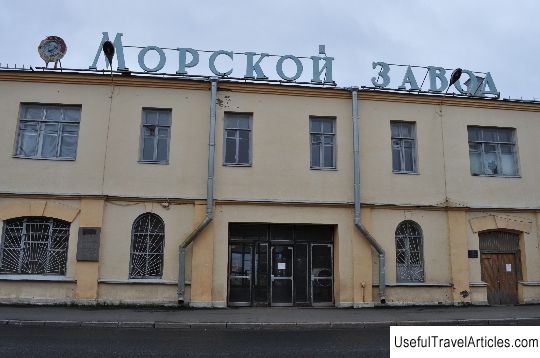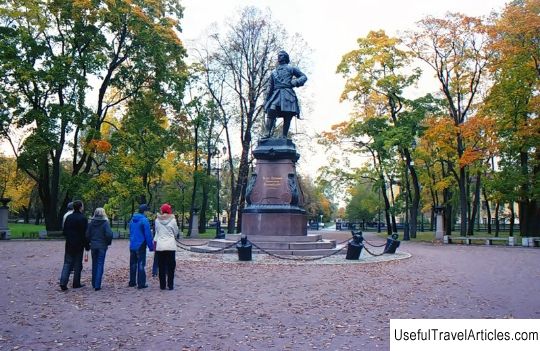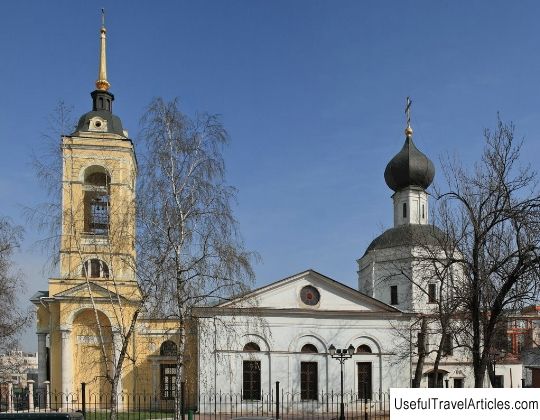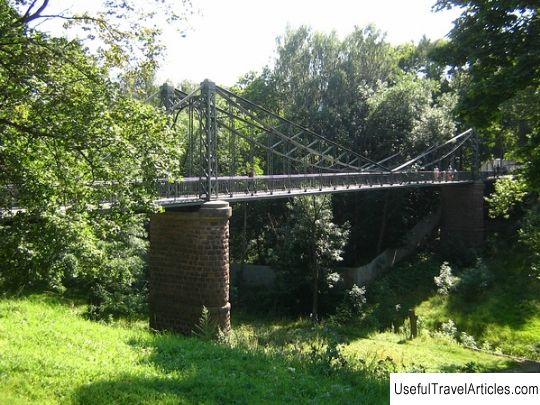Petrovsky dock description and photo - Russia - St. Petersburg: Kronstadt
Rating: 8,1/10 (1869 votes) 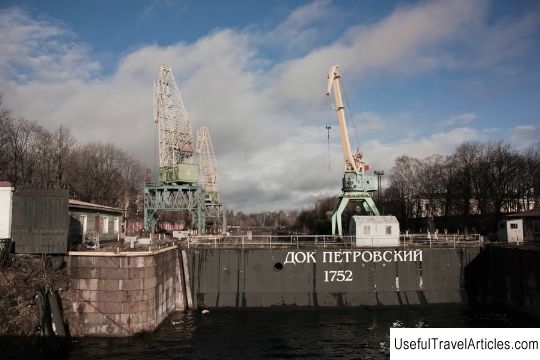
Petrovsky dock description and photos - Russia - St. Petersburg: Kronstadt. Detailed information about the attraction. Description, photos and a map showing the nearest significant objects. Photo and descriptionPetrovsky dock is a unique hydraulic structure of the 18th century. It was built from 1719 to 1752 by order of Peter I and was intended to repair the underwater part of ships. At the beginning of the 18th century, with the development of the navy in Kronstadt, the construction of a dry dock was required in order to repair the underwater part of ships. This work was personally undertaken by Emperor Peter the Great. He investigated the dry docks available at that time in Europe and came to the conclusion that they all have a very significant drawback: after the ship was docked, it took more than a month to pump out water. The king studied the local conditions and created dry dock project. Its drainage was carried out not by pumping, but by gravity. The project envisaged creating a pool in the eastern region of Kotlin Island and connecting it to the dock with a special ravine. The level of the dock was well above the level of the pool, which ensured an unobstructed flow of water. The water from the dock flowed into the pool in just 24 hours. Initially, the water from the pool was pumped out by wind pumps, and from the end of the 18th century - by a steam engine (one of the first in Russia). The construction of the dock with the canal was started in 1719. Soldiers from Moscow, Parnu, Vyborg were transferred for work. In total, about 3000 people were involved. But there was a shortage of people and materials. Despite this, by 1722 the canal was practically dug, and work was carried out to strengthen its walls. A water pumping station with a wind turbine was built. The Emperor did not see the completion of the construction of his brainchild. After his death, construction work in Kronstadt was stopped. With the accession of Catherine I, hopes arose that everything would be the same as under Peter I. But this did not happen. After the death of Catherine I, Peter II came to the throne, openly declaring himself an opponent of the reforms of Peter I. Construction in Kronstadt came to a standstill. The situation did not change under the Empress Anna Ioannovna. Finally, in 1739, the educated and experienced engineer Johann Ludwig von Luberas was appointed to the post of chief commander of the office of the Kronstadt buildings. He made a proposal to deepen and widen the dock basin so that the water from the docks would drain faster. Construction work has begun. But the construction dragged on for another 13 years. An invaluable contribution to the construction of the dock was made by Andrey Konstantinovich Nartov, an inventor mechanic, a master of turning. He worked together with Peter I, but at that time he did not manage to solve all the difficult technical problems. Only in 1747 did he return to them. The most important invention of Nartov was 3 pairs of double sluice gates - the central mechanism of the dock-channel. These gates closed off water perfectly, were durable, easy to operate, and had a service life for many years. The channel was opened at the end of July 1752 with the participation of Empress Elizabeth Petrovna. It was she who launched the gate mechanisms. Of the 1331 guns of the squadron stationed in the harbors, fireworks thundered three times. Major General I.L. von Luberas was awarded the Order of St. Andrew the First-Called. The Petrovsky Dock stretches for 2.24 kilometers. Up to 10 large ships could be repaired in it at the same time. For the middle of the 18th century, it was the greatest building. In 1774, on the shore of the dock basin, the installation of the first Russian steam engine for pumping water was started. It was brought from Scotland and installed in Kronstadt for about two years. A special structure was erected in the middle of the northern part of the dock basin. After the start of the operation of the wonder machine, the dock pool was drained in 9 days. The steam plant has been in operation for over 75 years.          We also recommend reading Kosmozersky architectural ensemble description and photos - Russia - Karelia: Medvezhyegorsky district Topic: Petrovsky dock description and photo - Russia - St. Petersburg: Kronstadt. |
